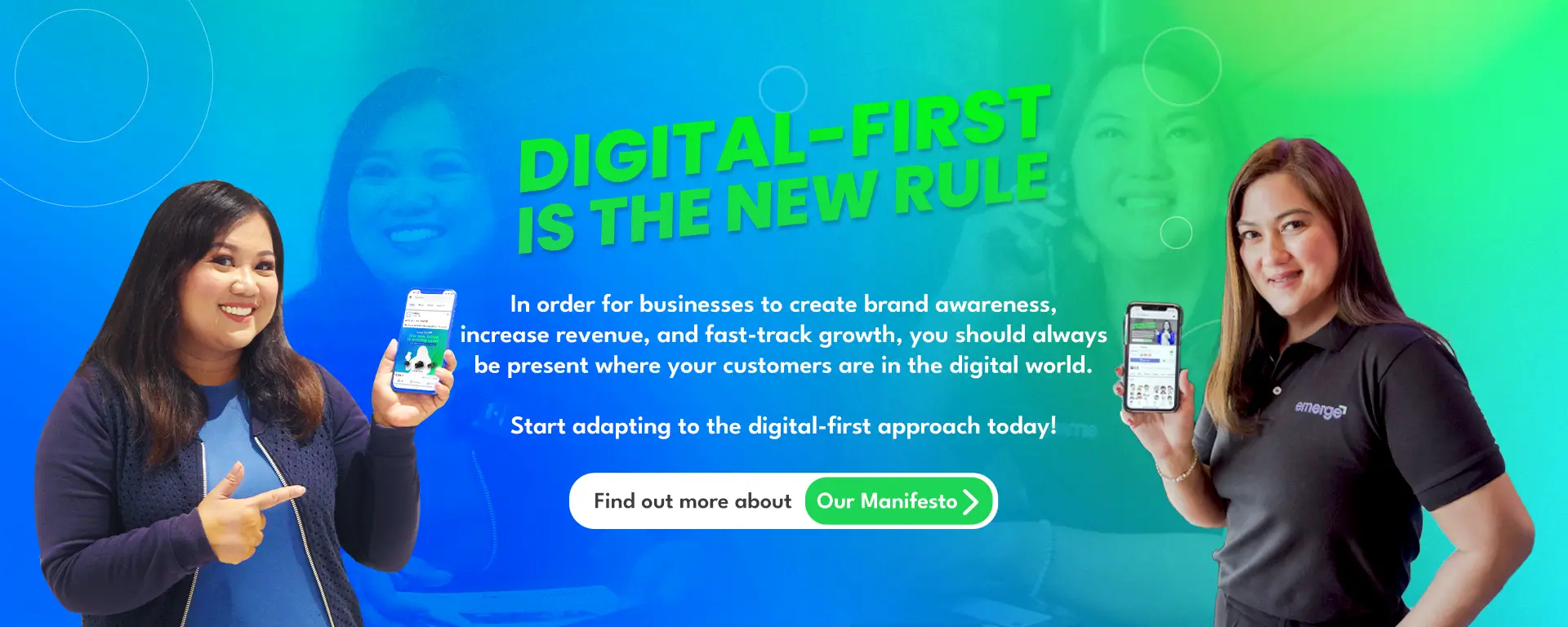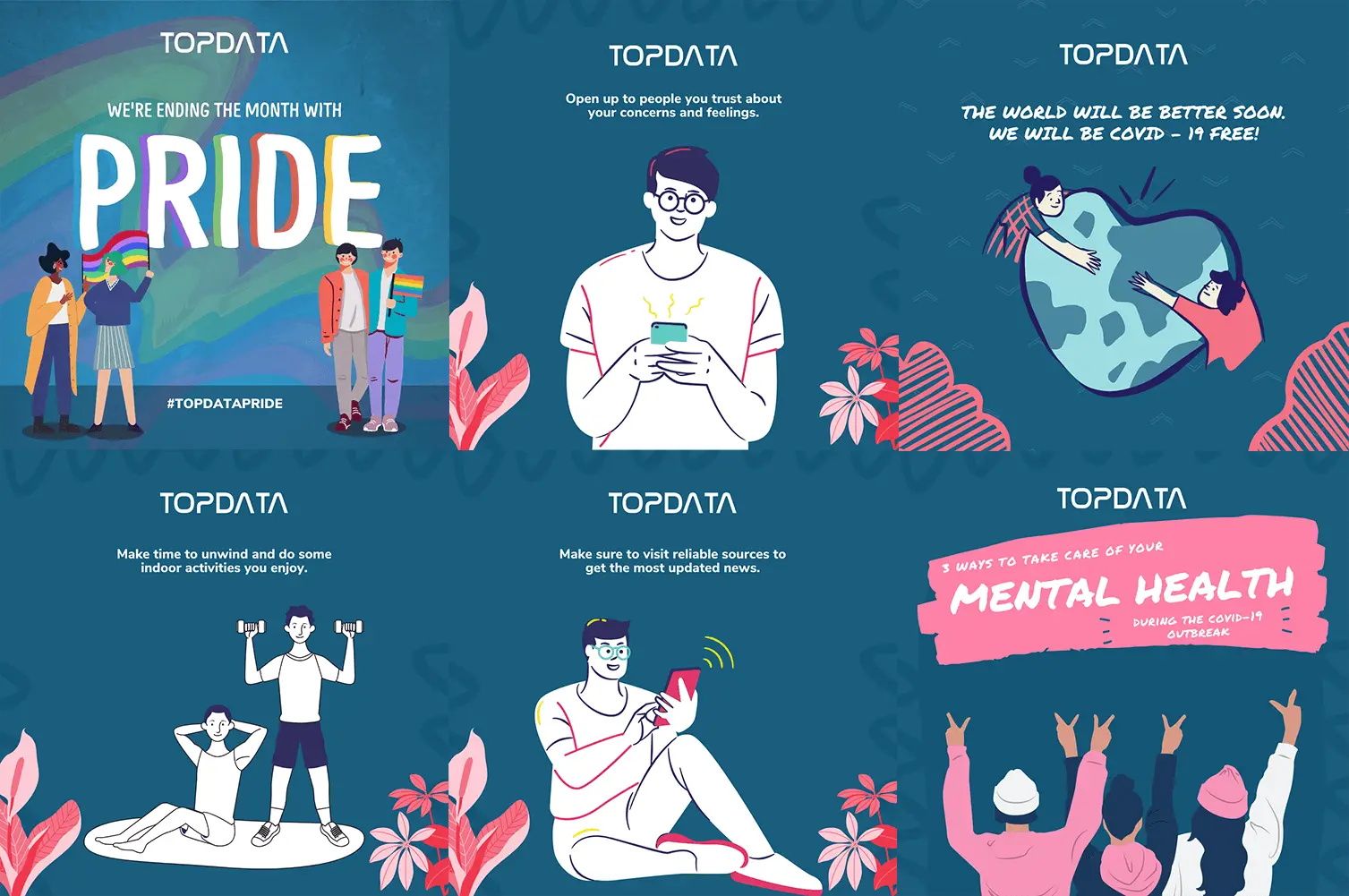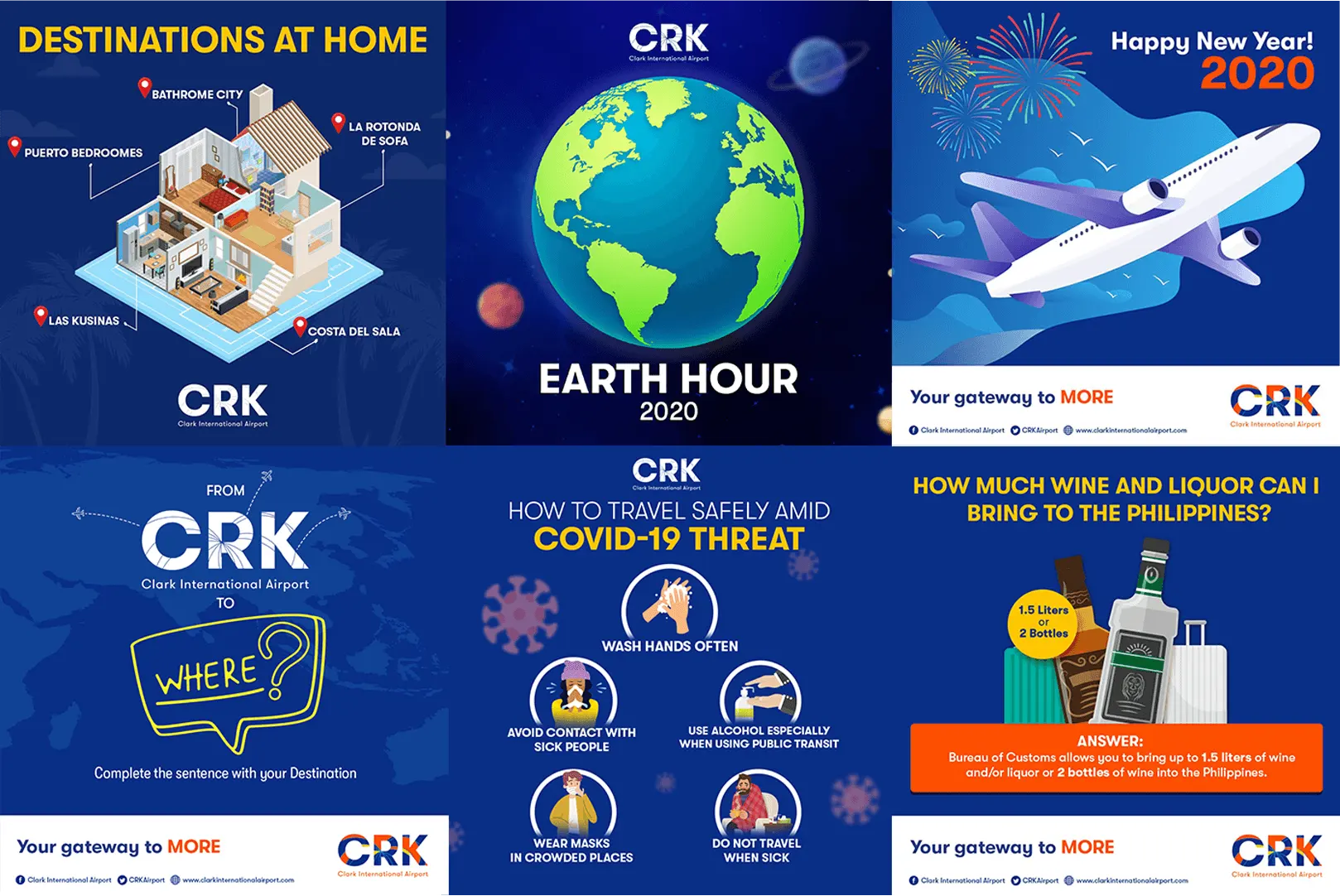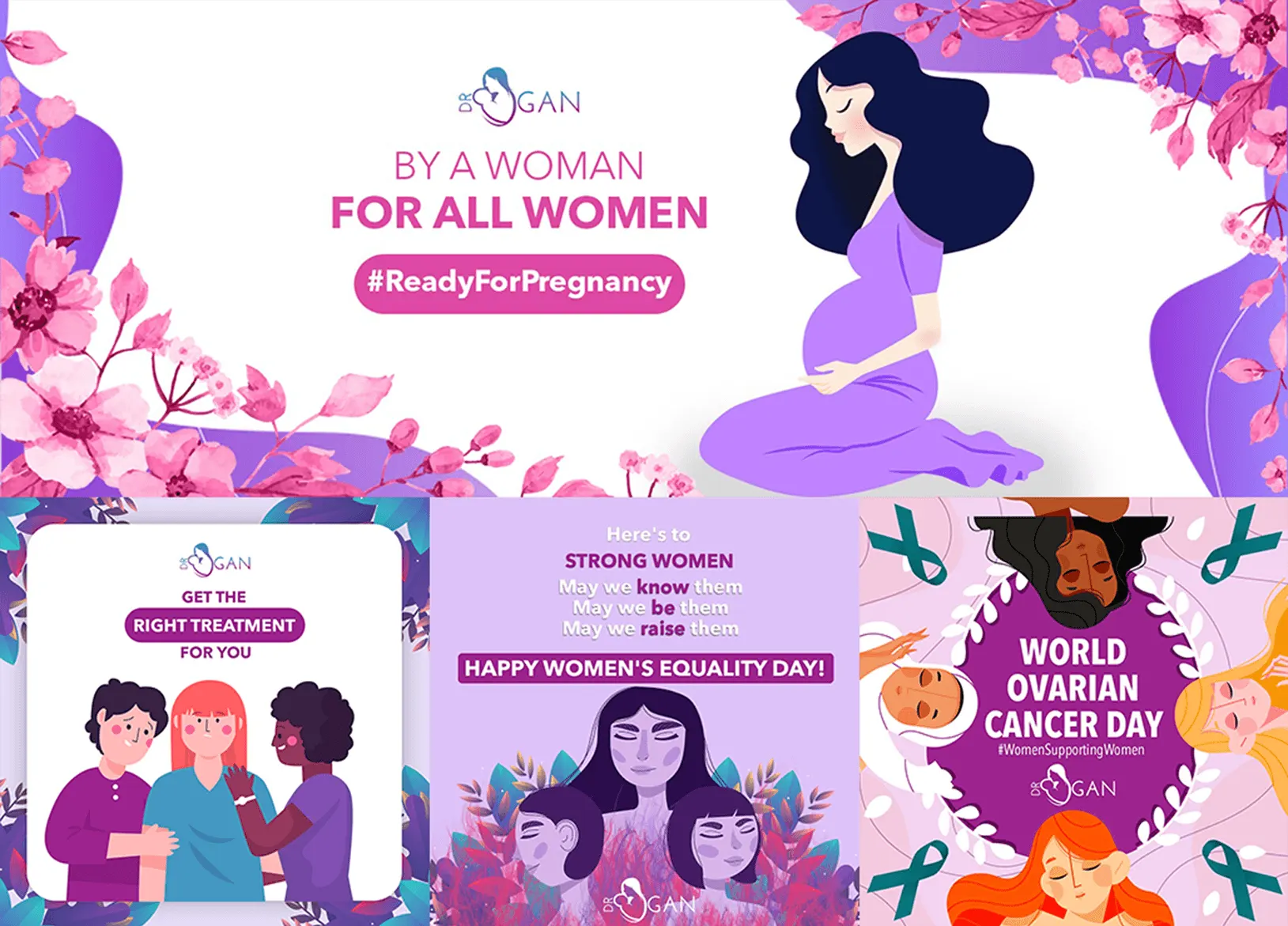Gender and Marketing: Find out how gender impacts your digital marketing strategy.
Gender, why is it important to learn about it as a marketer? Knowing and respecting your audience’s gender helps you produce effective marketing strategies! So let’s talk about it. Traditionally, gender is defined as the state of being male or female, focusing more on the biological and socially expected characteristics. But as times have progressed, the definition of gender went with it. Gender now includes the social, psychological, cultural and behavioral aspects of being a man, woman or other gender identities. With this type of change, marketing and advertising of products and services specifically produced for a particular gender have changed their gender marketing approach. In this blog, we’ll help you learn about how Gender Marketing can help your brand reach and connect with your audience better.
Gender Marketing
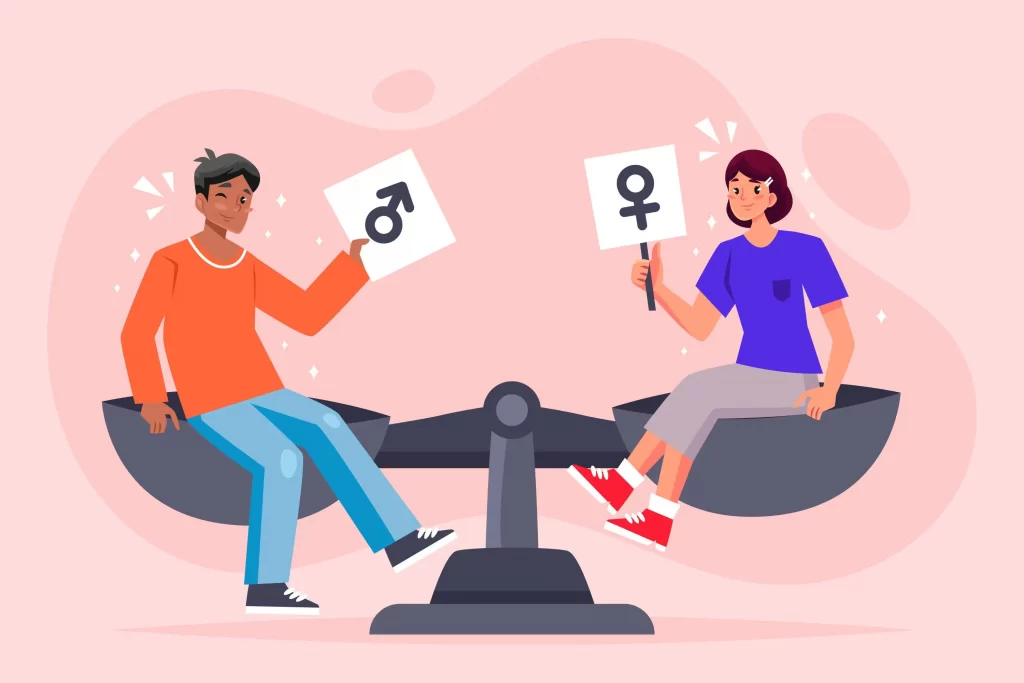
Him, her, they and them. All of us have specific qualities that separate one from the other. These exact qualities are what help marketers grab our attention and interest in the products and services they’re trying to promote. Inevitably enough, our gender is one of those qualities. Gender is one of the many things digital marketers need to take into consideration when it comes to developing their strategy. After all, knowing your audience is essential to the digital-first approach. This blog is here to help you understand Gender Marketing and how it could be yours to use!
Traditional Gender Marketing
Gender marketing has been a tried and tested method that is still used today. Today, digital metrics still scan through whether you’re male or female. Why? It has been established that male and female audiences should be handled differently. Why again? Because gender differences come with psychological patterns that affect consumers’ habits, needs and behavior. This is exactly why marketers have taken gender into account when it comes to strategizing because there’s no doubt that gender is one of the many factors that influence decision-making and buying power. A good marketing strategy reviews if it appeases a certain gender’s motive to purchase and uses it for appropriate representation.
Gender Marketing should NOT be sexist
Traditional Gender Marketing comes with some misconceptions. With the normalizing of gender fluidity, some are quick to assume gender marketing no longer works. That’s why brands today now aim to be more gender exclusive, But we’ll talk more about that later. First, let’s go back to the misunderstandings. Today, people link anything gendered with sexism. But let’s set things straight. Gender Marketing is far from being sexist. In fact, it influences advertisements to be more inclusive by being more mindful of how to market to cater to different genders’ needs.
Gender Marketing Ads back then that would certainly be canceled today
Admittedly, Traditional Gender Marketing marketing slips did happen here and there. Especially back then. Take this as a reminder, sexism is not only morally wrong, it’s just cringe and all digital marketers dread the day their content becomes cringe. So let’s stay progressive and be careful with your choice of words for your advertisements. Don’t let yourself make the same mistakes like the following brands did:
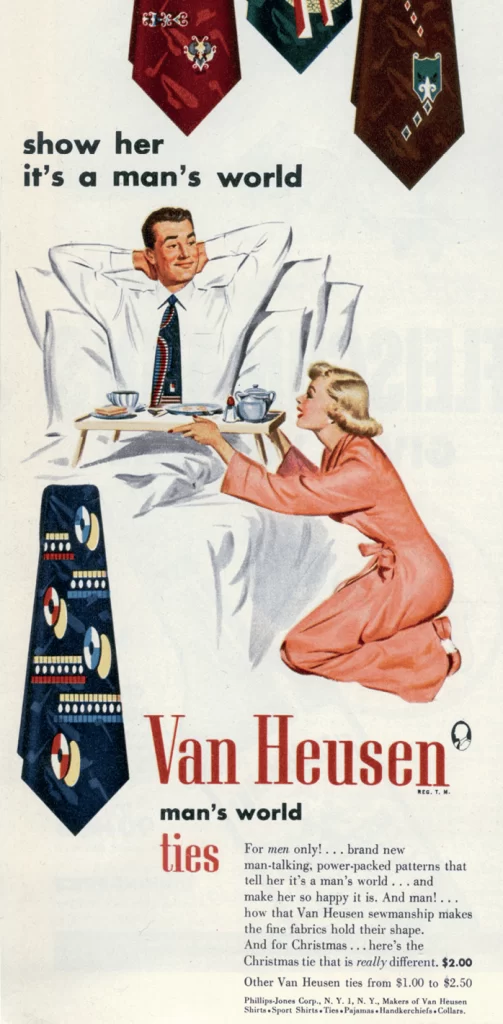
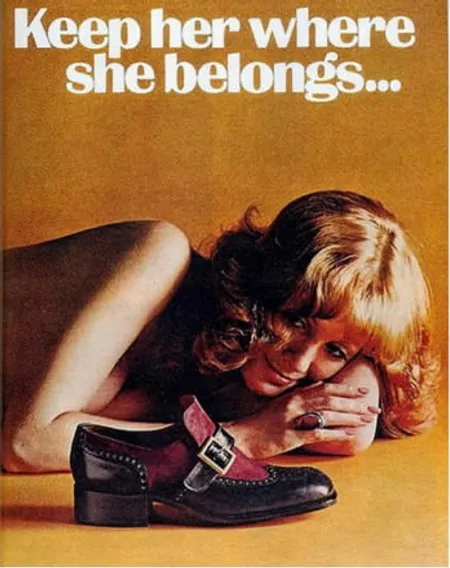
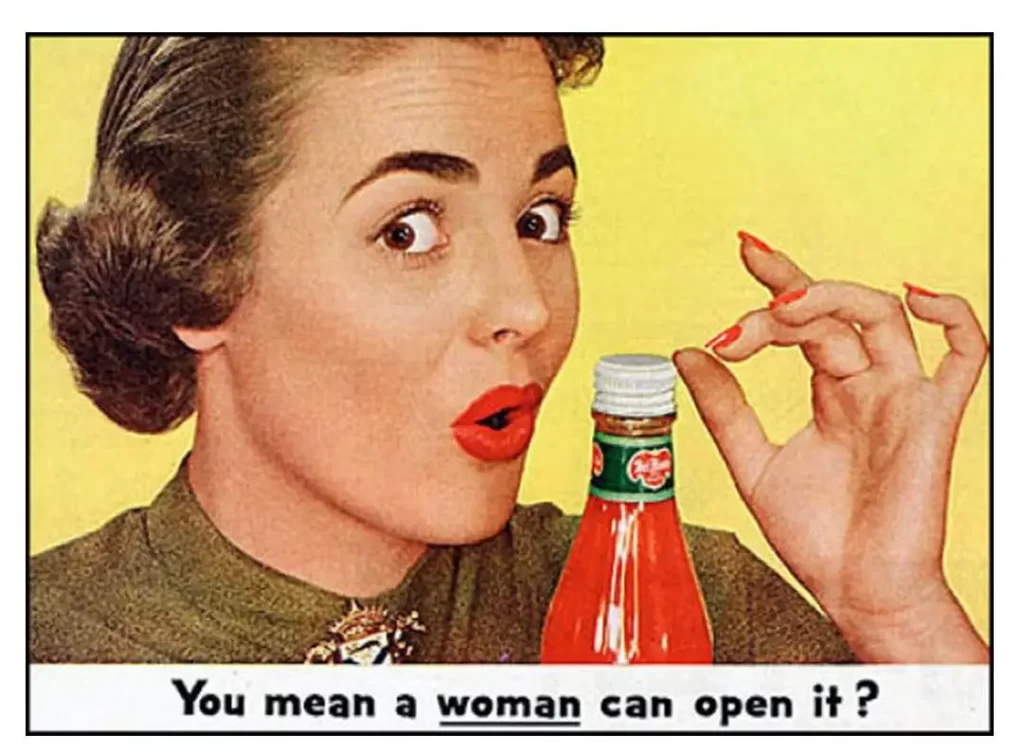
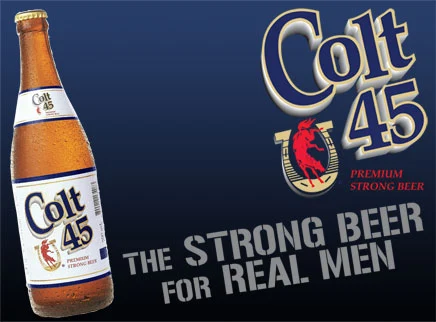
Gender-Inclusive Marketing
Now that we live in a world where we embrace the beauty behind equality among genders, gender fluidity has reformed Gender Marketing, especially in the digital world, where people have a platform to express themselves fully. Gender-Inclusive Marketing is one of the many things digital marketers can take pride in as it blossomed in the past few years. This is not just a trend but a movement. Representation of the different genders has expanded, women who have been boxed to beauty and fashion now portray strong and powerful roles too, products have embraced the beauty behind presenting themselves as unisex or gender-neutral, men are now more open to beauty and self-care, etc. While Traditional Gender Marketing still reigns in quantity, we can’t help but celebrate the beauty behind the progress of marketing today.
Gender and marketing language
Language being deeply personal and culturally influenced can be difficult to correct, but practicing gender-neutral language can be a great Gender-Inclusive approach to your digital marketing strategy instead of using he, she, him, her, etc. You can be more connected to an audience of any gender if you use more gender-neutral pronouns or terms. With so many people using social media, you wouldn’t know who or where your words could get, so it’s best to use language that speaks to all.
Marketing and gender representation
Representation helps your audience see themselves using your product or service. Imagine that your ad or campaign is a mirror to help your audience see their reflection coupled with what you’re offering. That’s what makes it so important to do it right. Cause misrepresentation is bound to be a disaster. For instance, imagine coming out with a Facebook ad about feminine hygiene products, but using a male model. It just wouldn’t sit well with your target audience, which is, well, women who need feminine hygiene products. So note that it’s best to show the right faces to represent the message in your campaigns too.
Gender-Inclusive Marketing done right
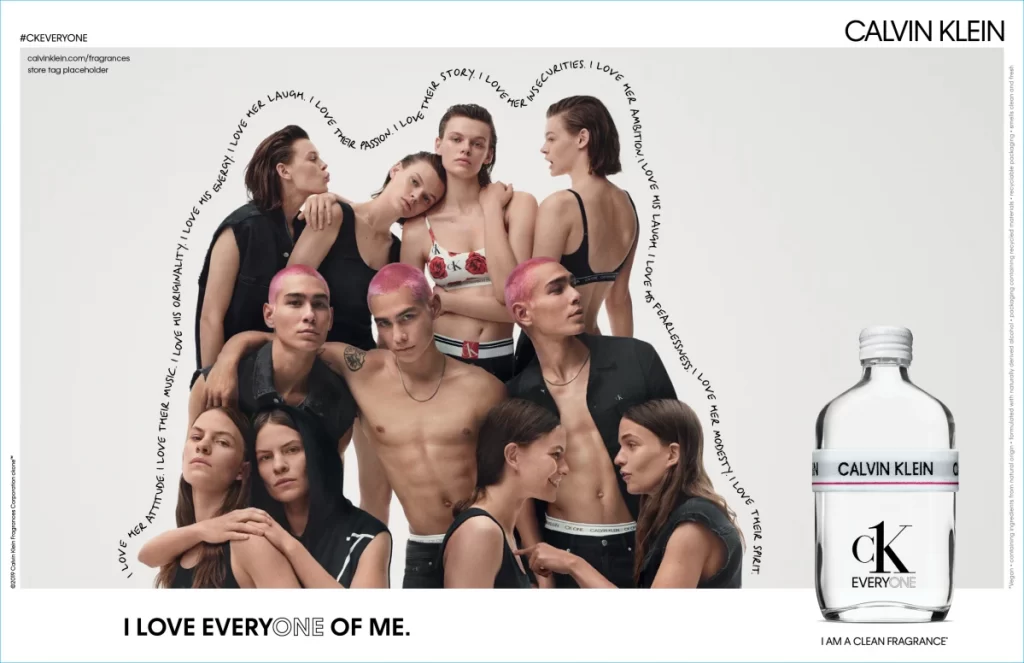
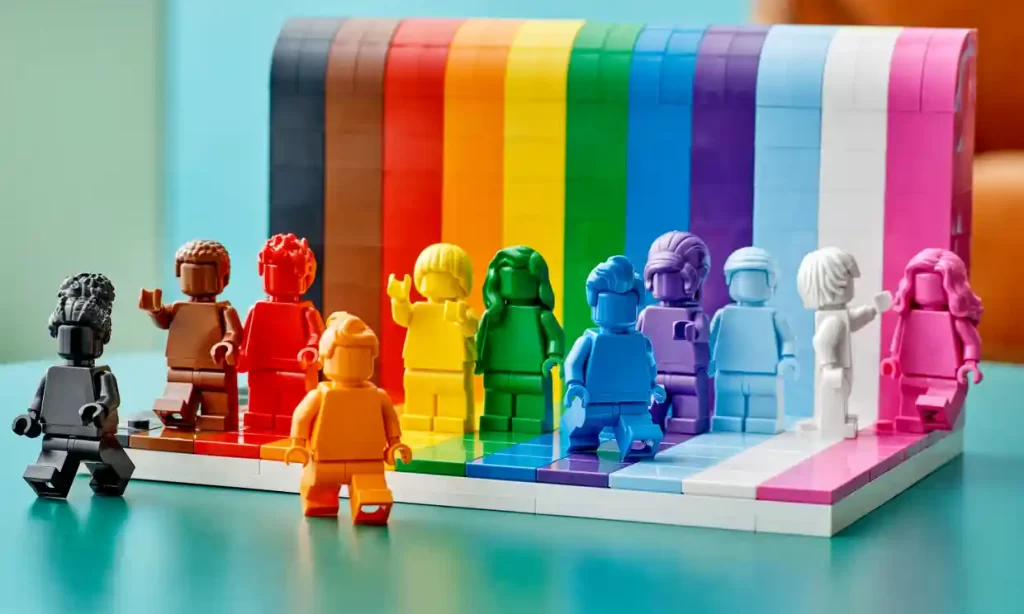
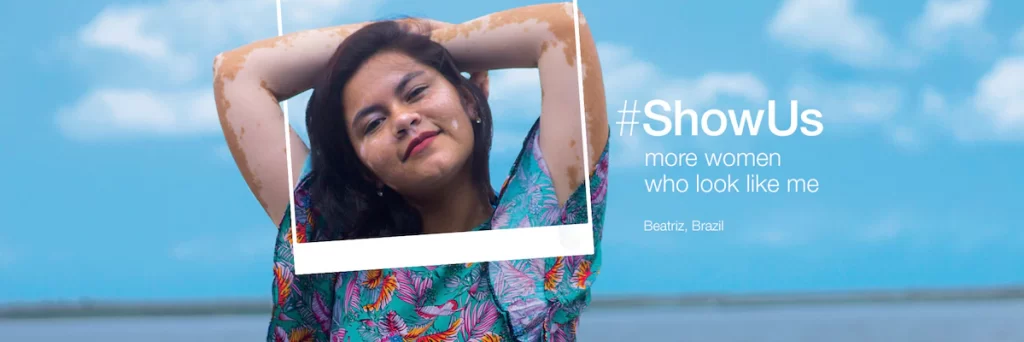
The Conclusion
With Gender fluidity slowly being accepted as the norm, Gender-Inclusive marketing emerges alongside it. Today, it’s always best to be inclusive and have your brand reflect progressive thinking. But let’s keep in mind that this isn’t only a trend but a movement. But on top of that, we should admit that for some products, Gender Marketing still remains effective. So maybe it’s to really have a look at your brand and check which approach is better to be more in touch with your audience.
Remember, digital-first is the new rule, so be a step ahead and stay updated with emerging digital marketing trends with us! Click here: https://digital.emergelocal.com/get-proposal/
